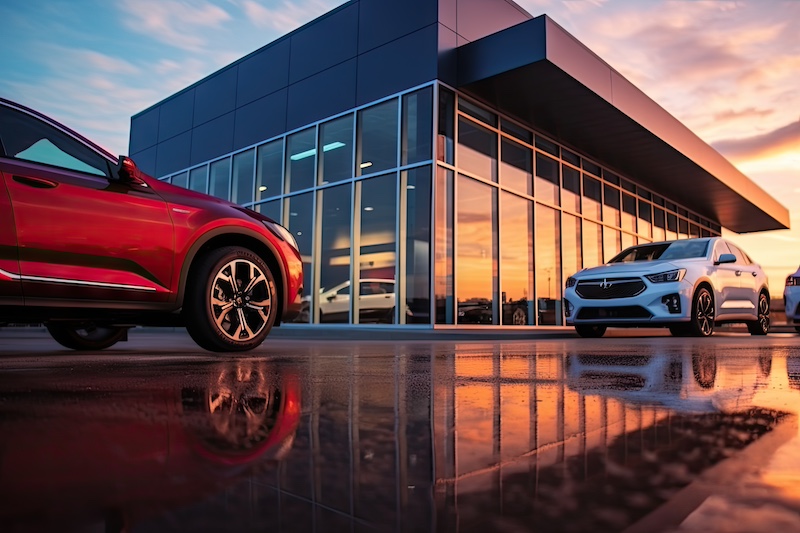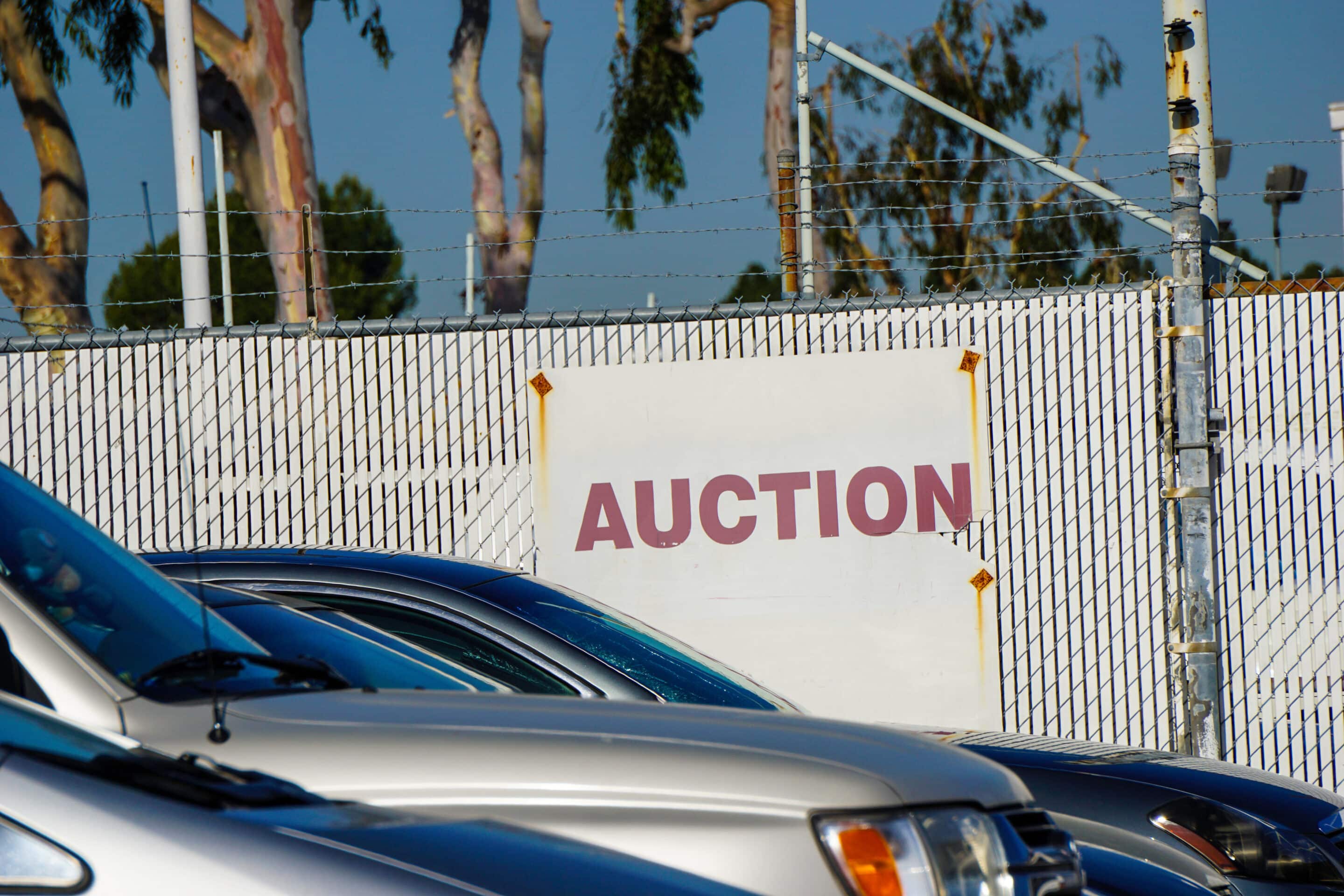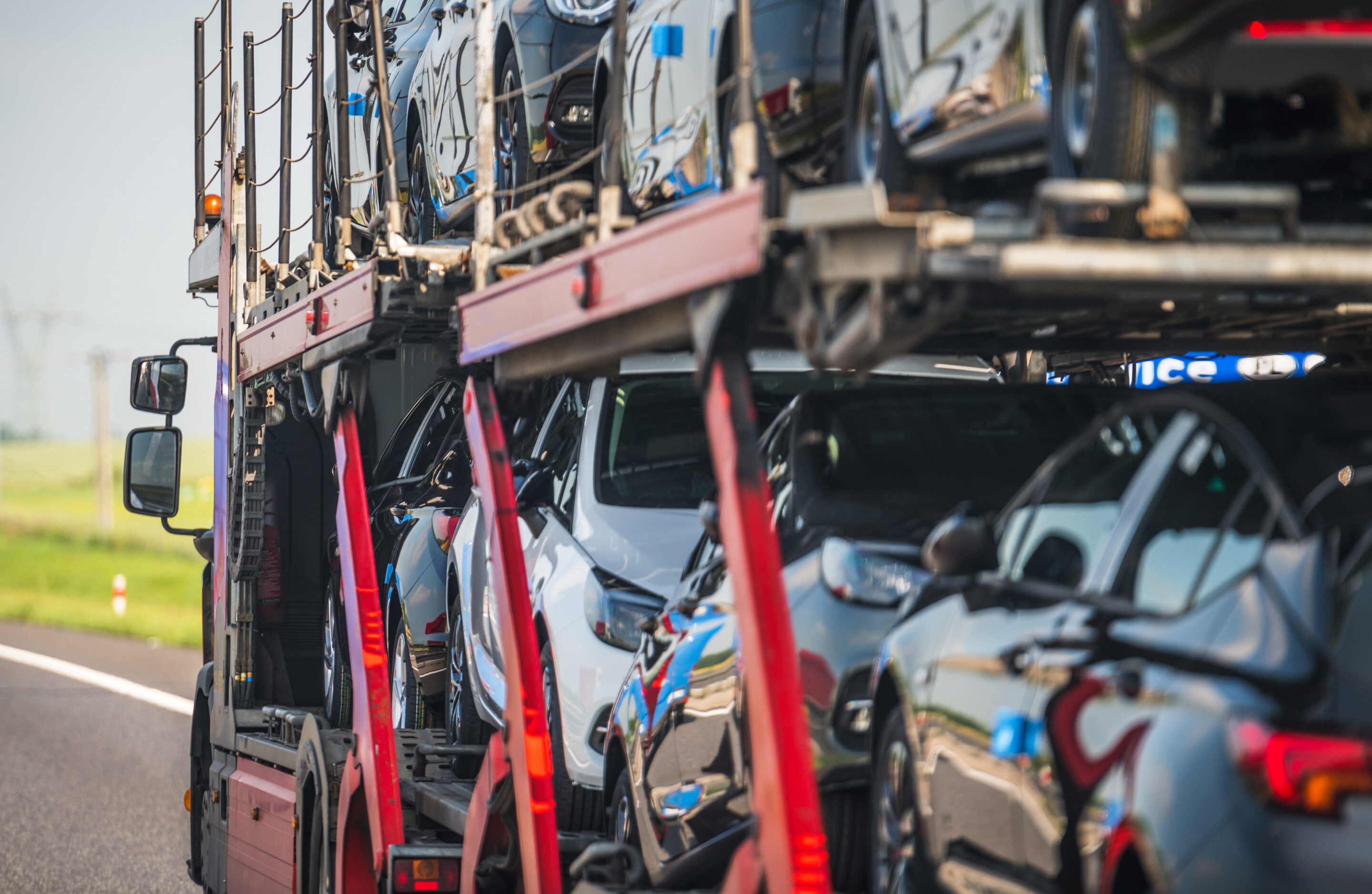Why the Automotive Industry Needs to Prioritize Creating a Seamless Digital Experience
Over the last year, we’ve seen a tremendous shift in the way consumers prefer to shop. Successful brick-and-mortar stores have transitioned their businesses to the eCommerce space in order to ensure they remain competitive in their respective industry. As more and more continue to follow suit, can we expect to be the same about car dealerships? In the future, will we also prefer to shop for our cars online?
According to a recent study, most of us are still not ready for this concept. However, car dealerships can still learn a great deal from the success of online retailers. As a car dealership, knowing how to attract and engage new customers is a critical component to running a successful business. However, with the advancements in today’s technology, traditional marketing and customer acquisition tactics are no longer sufficient. Now, if you want to reach new customers you need to have an understanding of exactly what your customer’s desires are.
In order to achieve this, you should start by monitoring your customer’s online journey and implementing your brand’s values into the user experience (UX) design of your company’s site. After analyzing more than 20 million user sessions across seven countries, we found that as consumers spend most of their time online, that is where they prefer to do their research. In fact, recorded traffic on new vehicle technology pages has shot up by 127 percent in the last six months.
Although there has been an increase in traffic, only one percent of visitors will actually leave their contact details on the site. Usually, marketing departments armed with this information would try tweaking SEO and increasing acquisition budgets for online advertising in order to overcome this challenge. However, getting visitors on the site is just the beginning. Consumers expect to be given a great user experience when interacting with sites. Their digital experience on the platform will define if and how the relationship will continue in the future.
How do you improve your visitor’s journey and create a seamless user experience? Ideally, your site’s UX design should feel like an effortless navigation for your visitor with no roadblocks or restrictions from the information they desire, all while fulfilling tasks you intended them to do. The perfect digital experience will match the visitor’s actions with your brand’s intentions, with little to no gaps.
There are two primary goals that should be incorporated into your automotive digital strategy. The first goal is to get users to fill out a form requesting more information, a test drive or additional engagement. The second goal is to ensure website visitors transition from digital to physical by locating and visit to their closest dealership. Given the fact that only one percent of visitors are completing a form, the current designed automotive websites are not reaching their full potential.
Online automotive visitors behave differently than visitors on retail sites. For example, most are already well acquainted with automotive brands, and want to acquire knowledge about new technologies offered. As opposed to retail eCommerce websites, the experience automotive site visitors receive marks the beginning of a complex customer journey. The purchase of the vehicle will not take place online; the site is mainly used for research and content consumption. If their online experience is positive, users will continue to visit the dealership, perhaps take a few test drives, and finally purchase the car.
A recent study, done exclusively for the automotive industry, identified two main ways to optimize the digital user experience:
1. Grab the attention of undecided users
Online automotive visitors have very specific ideas of what they are looking for. Therefore, they will leave the site if they don’t see the results they are expecting to find on the first page. One out of every two visitors will leave the website on the first page, within just a few seconds. That’s a 50 percent bounce rate right from the start.
Takeaway: you must give your visitors an effortless browsing experience immediately when they land on your site.
Note that 65 percent of research for automotive information is still done from desktops. With that being said, what would make navigation easy for people researching new car models while sitting at a desk? An easy to navigate structure to the site, progressing from home page to product pages, until they reach the contact form.
Knowing your customer and learning more about the journey they take on your site is the key to building a better digital experience that will match your goals. Make sure you understand your visitor’s mouse movements, page interactions and scrolling efforts. Analyzing all of this information will determine which changes will drive more conversions. You may even find some quick wins like reorganizing content, changing and editing the navigation menu, and even updating the timing of your pop-up form.
2. Capitalize on content to convert interest into engagement
Within the first few minutes, visitors exploring the site may not be interacting with page elements, but they are closely studying the content. This is an important stage to focus on – visitors are looking for specific information and they don’t want to scroll through numerous pages to track it down.
A user who interacts with visuals is 134 percent more likely to submit a form, so implementing visuals is an effective way to keep your user engaged.
The study also showed that a visitor who reads more than 30 pages on your website will be 35 percent more likely to visit the dealership. The visitor will continue to interact on the site if they find the desired content, and eventually leave those important contact details that are needed for the sales managers to follow-up.
Here is where you should be paying attention to the page interactions of your visitors. Focus on how they are browsing. Not only on what they are clicking, but what they are doing before and after the click. Check to make sure there is recognizable, relevant content. The visitor should not have to guess what is important and where to go next. Perhaps optimizing the location and order of the information can make it easier for the consumer, as well as help to effectively meet the company’s goals. Every click counts in driving a higher conversion rate.
Most visitors will set the pace for leaving their information. Your job is to give them a great digital experience with seamless navigation and the right content so they will want to continue to engage with your brand, and eventually wind up on the dealership floor.
By analyzing the digital behavior of your visitors, you will be able to create the ideal customer journey along the car buyers path that will create an opportunity to engage with them on and offline, and establish a loyal and long-term connection to your brand.








